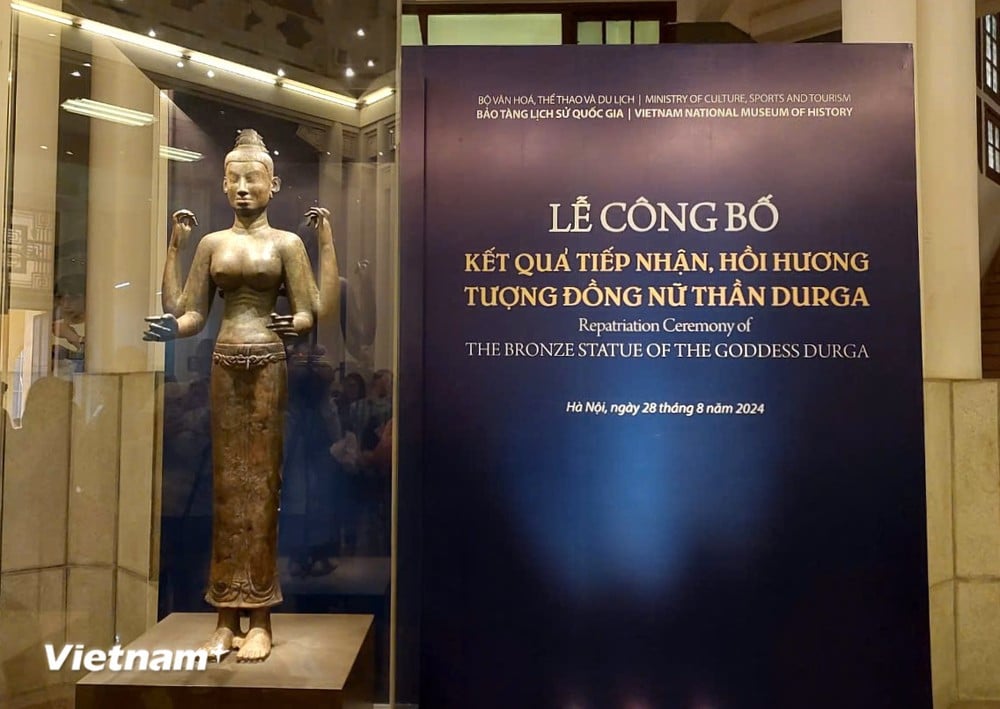
On August 28, in Hanoi, for the first time, the public had the opportunity to approach and admire the bronze statue of Goddess Durga, a typical artifact of Champa culture that had wandered to the US and UK before being repatriated to Vietnam.
According to Dr. Nguyen Van Doan, Director of the National Museum of History, upon receiving the statue, the Museum established an Appraisal Council, inviting leading experts in the fields of history, archaeology, culture, art and antiquities to review and evaluate the current status, determine the nature, age, origin and value of the statue.
The Council determined: This is a four-armed statue of Goddess Durga, possibly a large block (total height 191cm, of which the statue is 157cm high, weighs 101kg), dating back to the 7th century and is still relatively intact. The statue is of Vietnamese origin, belonging to the Champa cultural art style. However, information about the specific location where the statue of Goddess Durga was discovered still needs further research.
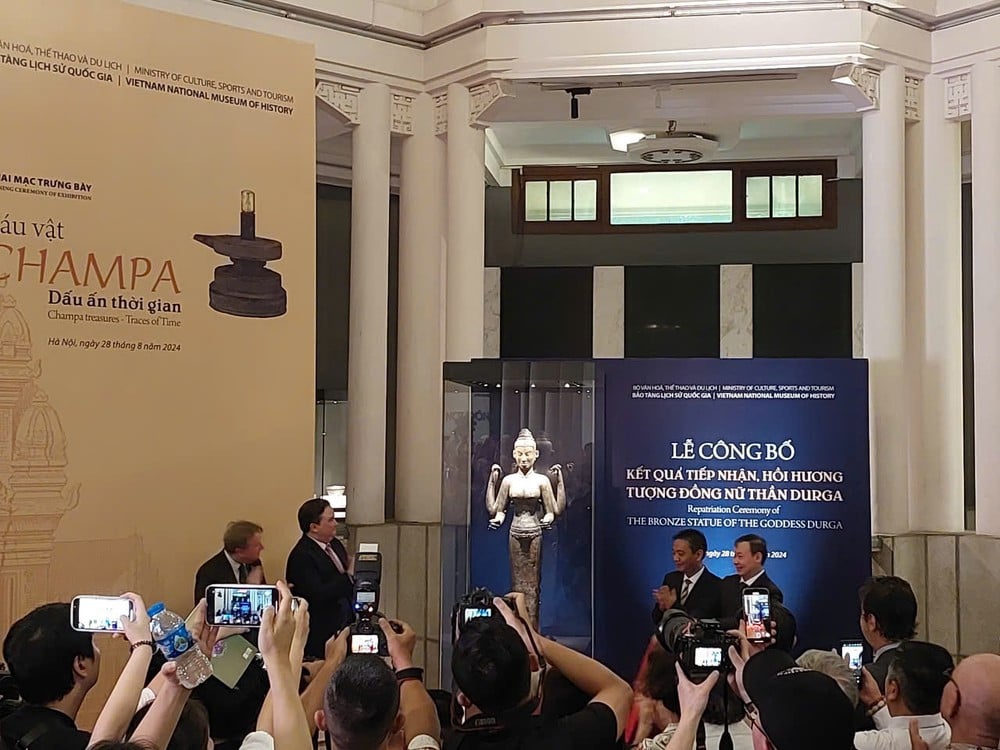
“This is the largest bronze statue, a typical and unique representative of Champa cultural art discovered to date. It is a rare antique, of great value to Vietnamese culture and fine arts throughout history,” said Mr. Doan.
The statue is displayed within the framework of the exhibition "Champa Treasures - Marks of Time" organized by the National Museum of History in collaboration with collector Dao Danh Duc.
Speaking at the opening ceremony of the exhibition, Deputy Minister of Culture, Sports and Tourism Hoang Dao Cuong reviewed the journey of repatriating the statue of Goddess Durga with the cooperation and support of relevant agencies in the UK and the US.
According to him, the Vietnamese antiques received and repatriated in recent times are the result of cooperation and information exchange over many years, as well as the efforts of Vietnam and related countries in the spirit of complying with international treaties, including the UNESCO Convention on Measures Prohibiting the Illicit Import, Export and Transfer of Ownership of Cultural Property.
“I think that in the coming time, countries will actively cooperate with the Ministry of Culture, Sports and Tourism in collecting information, identifying, negotiating and repatriating Vietnamese antiquities that have been illegally taken abroad. We also need to strengthen measures to limit and prevent illegal trafficking of cultural assets, contributing actively to protecting and promoting the value of Vietnamese cultural heritage in particular and the cultural assets of humanity in general,” said Mr. Cuong.
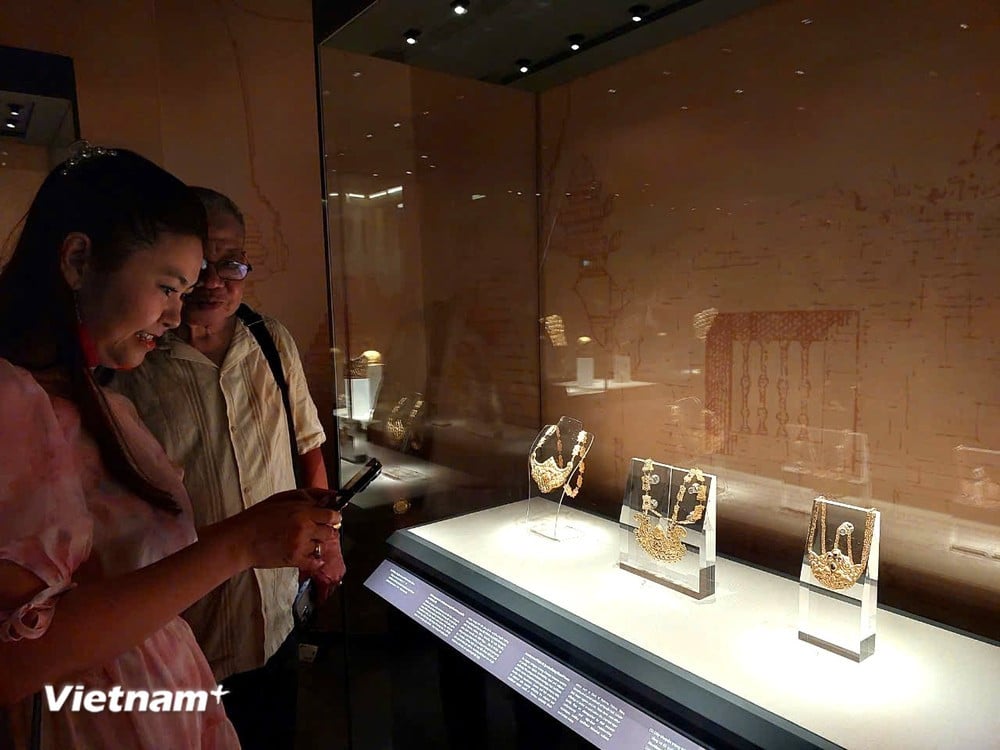
The exhibition "Champa Treasures - Marks of Time" consists of 2 parts.
Part 1 – “Religious statues and mascots” introduces some typical artifacts such as: Shiva statues, male and female gods, Ganesha statues, Buddha statues, Avalokitesvara Bodhisattva statues, Linga-Yoni, Nandin bull statues… made of gold, silver and studded with precious stones.
Part 2 – “Jewelry and objects bearing religious symbols and royal authority” introduces artifacts bearing symbols of royal authority and religion, such as: earrings, rings, necklaces, hairpins, combs, bracelets, gloves, belts, jewelry boxes, headdresses, crowns, hairnets... decorated with religious symbols and traditional beliefs of Champa art, especially Hindu gods.
The exhibition runs until October 2024 at the National Museum of History, 1 Trang Tien, Hanoi.
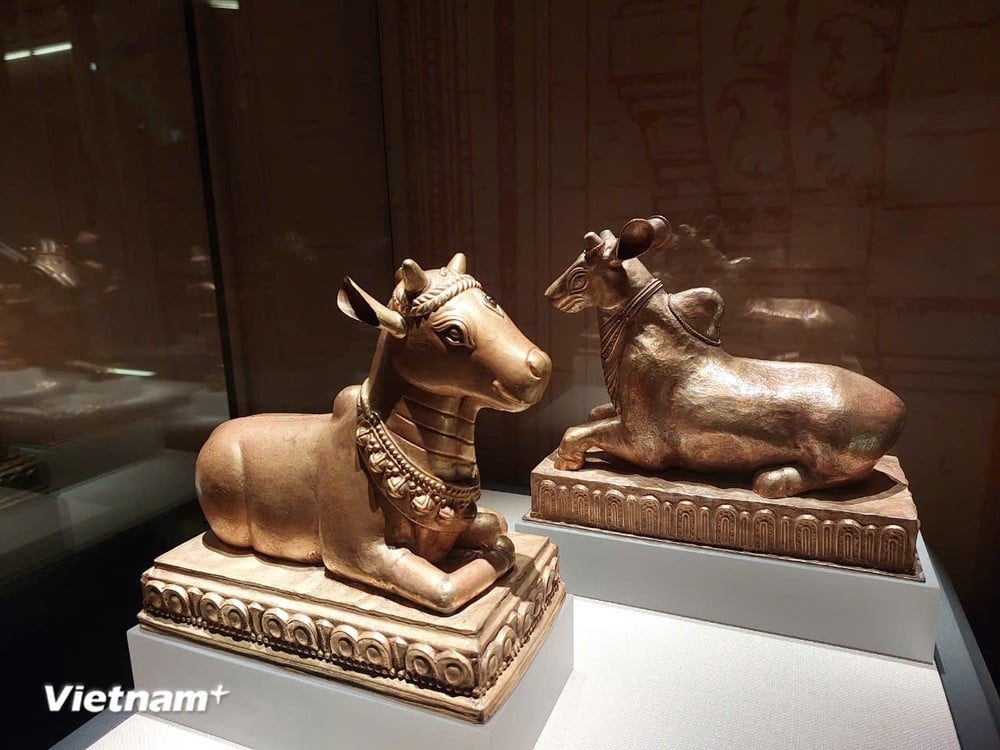
Source: https://baohaiduong.vn/tuong-nu-than-durga-lan-dau-ra-mat-cong-chung-ke-tu-khi-hoi-huong-391532.html


![[Photo] General Secretary To Lam meets and expresses gratitude to Vietnam's Belarusian friends](https://vphoto.vietnam.vn/thumb/1200x675/vietnam/resource/IMAGE/2025/5/11/c515ee2054c54a87aa8a7cb520f2fa6e)



![[Photo] General Secretary To Lam concludes visit to Russia, departs for Belarus](https://vphoto.vietnam.vn/thumb/1200x675/vietnam/resource/IMAGE/2025/5/11/0acf1081a95e4b1d9886c67fdafd95ed)
![[Photo] General Secretary To Lam arrives in Minsk, begins state visit to Belarus](https://vphoto.vietnam.vn/thumb/1200x675/vietnam/resource/IMAGE/2025/5/11/76602f587468437f8b5b7104495f444d)


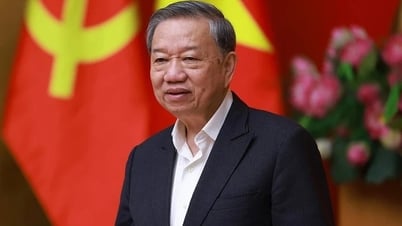

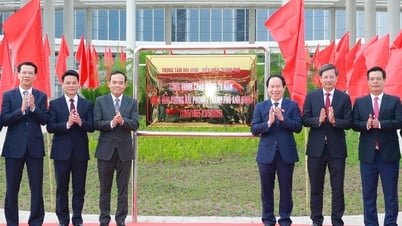
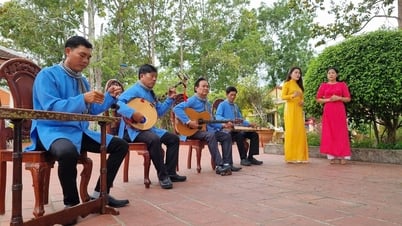
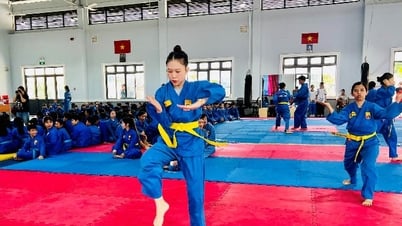
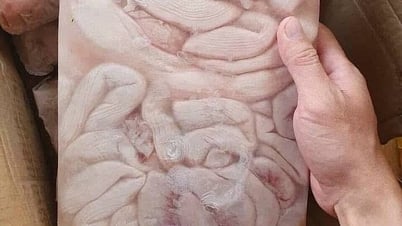








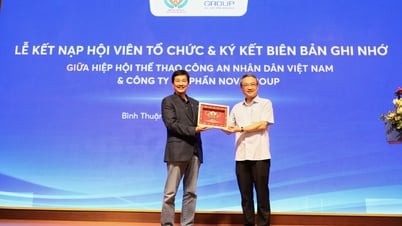

![[Photo] National Assembly Chairman Tran Thanh Man attends the Party Congress of the Committee for Culture and Social Affairs](https://vphoto.vietnam.vn/thumb/1200x675/vietnam/resource/IMAGE/2025/5/11/f5ed02beb9404bca998a08b34ef255a6)






























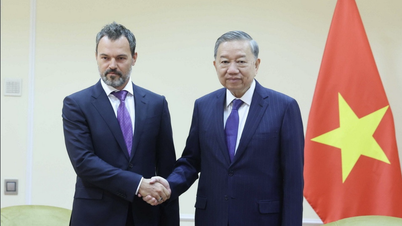

















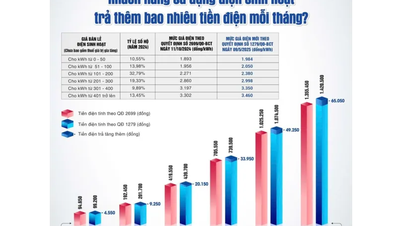

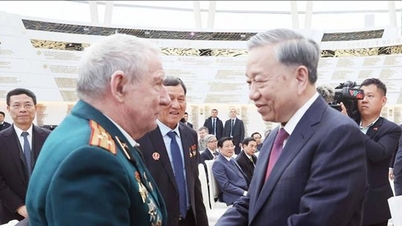











Comment (0)